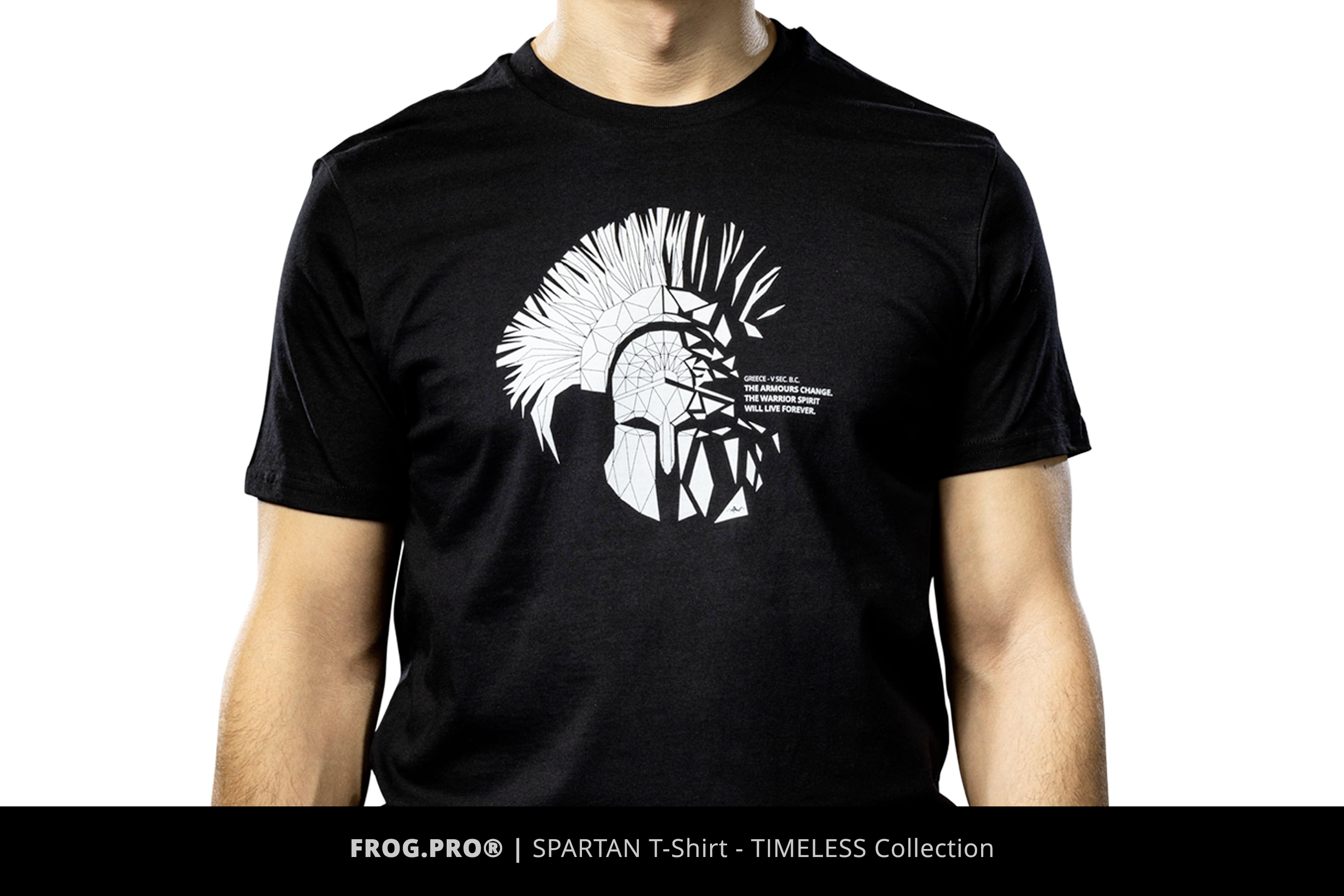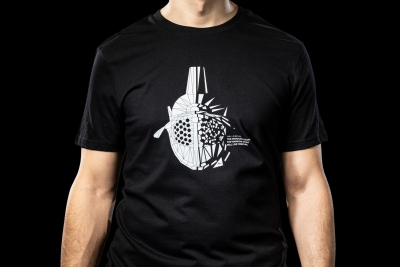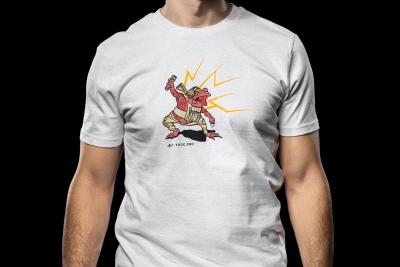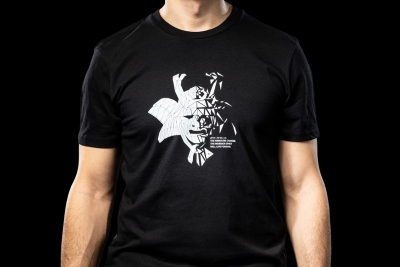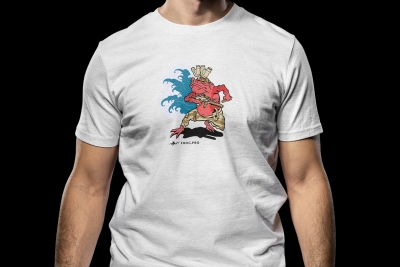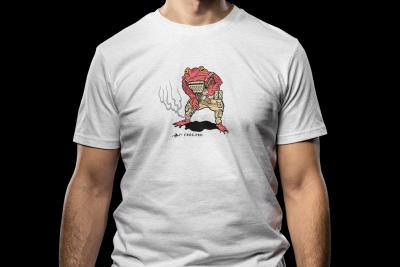TIMELESS Collection – The Spartan élite
In the panorama of ancient Greece, Spartan culture is a fascinating chapter of ancient history known for its military rigor, austere lifestyle and strict social structure. These elements formed the backbone of a society where the value was given to honor, physical strength and service to the state.
Warrior people
One of the most distinctive aspects of this warrior culture was its educational system, known as "Agoge". Since childhood, children were separated from their families to live in communal dormitories where they were subjected to rigorous and intensive training.
Alongside discipline, austerity characterized their way of life. A simple lifestyle without luxuries was promoted, emphasizing frugality and saving. Wealth and ostentation were discouraged, and the focus was on honor and service to the state.
Tactics of war
This education aimed at forging a disciplined phalanx, the military formation to which the Spartans owed their fame. The phalanx required coordination and solidarity among the soldiers and was a key element of Spartan warfare tactics.
A historical look
Among their armor, what stands out is the unmistakable Corinthian helmet. Crested helmets became a distinctive creation in the context of ancient Sparta, around 450-440 BC. Made primarily of organic materials such as horsehair, they had a remarkable visual impact on the battlefield. The 7 to 10 inch (18-25 cm) high comb gave the Hoplite an extraordinary height for the time, building an intimidating aura.
The cross-crested helmet represented the pinnacle of military and social power. Wearing it meant being one of the chosen few, as it was reserved for only 1 in 1500-2000 Spartan warriors.
Though the power of Sparta declined rapidly, its legacy continues to inspire the contemporary world, demonstrating that strength of character and dedication to the common good can withstand the wear and tear of time.

